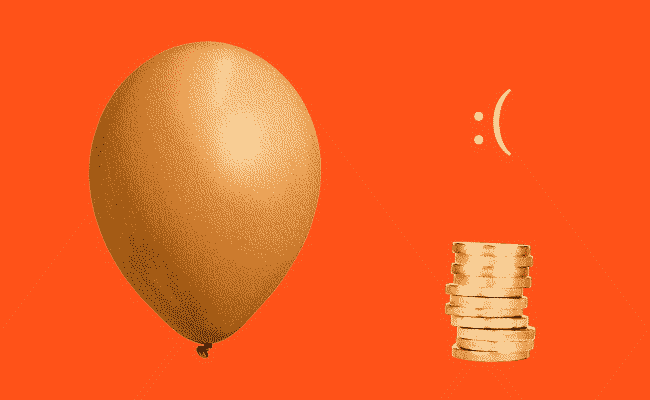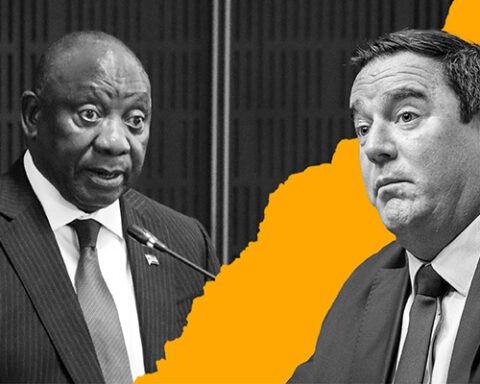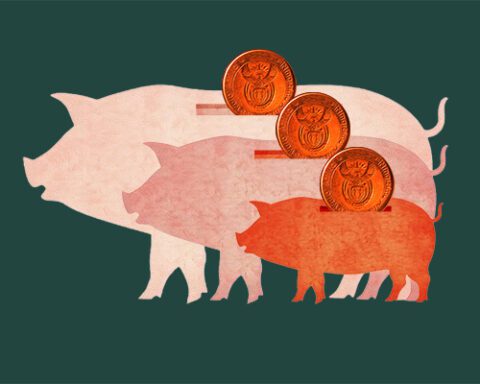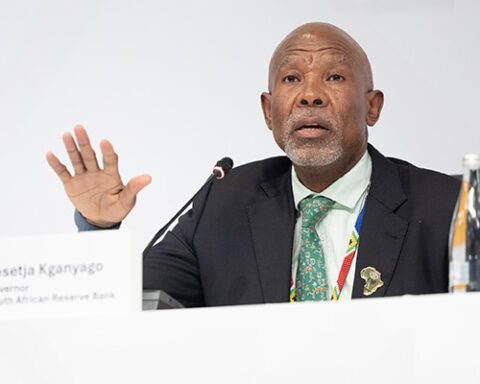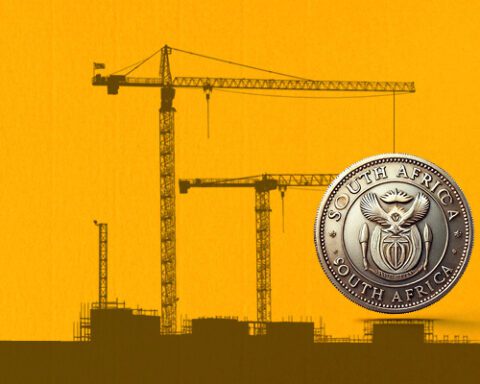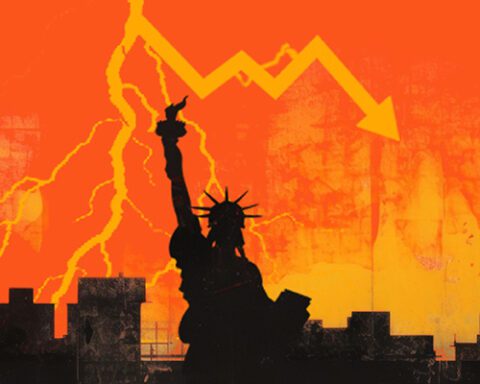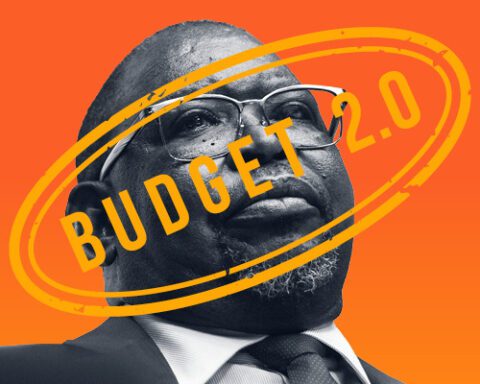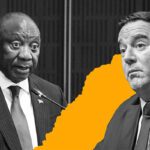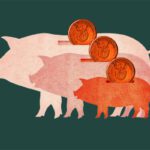Most of us are somewhat better off this year than in 2024. A sharp slowdown in the pace of price increases towards the end of last year and above-inflation salary increases mean consumers have a little more spending power, boding well for the economy.
What’s helped too are the three interest rate cuts since September, totalling 75 basis points (bp). Unfortunately, the unpredictability of US President Donald Trump’s policies and their effect on global inflation mean the South African Reserve Bank (SARB) is limited in how much deeper and longer it can reduce rates.
Data released by Stats SA on Wednesday showed annual inflation rose to 3.2% in January from 3% in December, matching the median estimates of economists surveyed by Bloomberg. While that’s the third successive month of gains, it’s still near levels we last experienced in 2021, amid the Covid pandemic.
“There is more scope for consumers to purchase more and spend more in real, or after inflation, terms in the coming year,” says Elna Moolman, head of economic research at Standard Bank. As a result, consumer spending “will be slightly better than what was recorded last year”.
It helps that salaries are nudging higher, too. BankservAfrica’s latest take-home pay index, which tracks the average nominal take-home pay of an estimated 4-million salary earners, found that the average salary rose to to R18,098 in January 2025, compared to R17,246 in December 2024, and R15,564 a year before that.
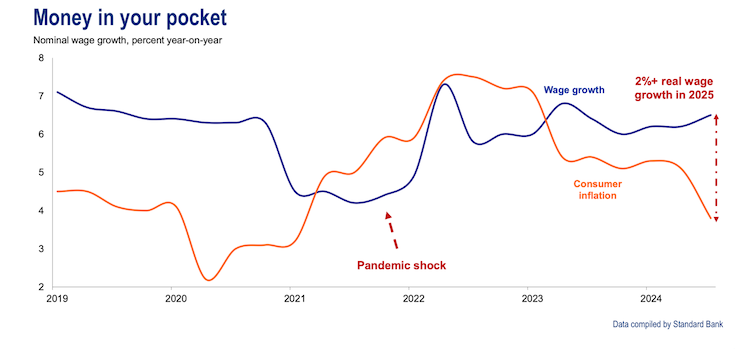
‘Benign’ inflation numbers
It’s noteworthy that food inflation slowed to 1.5% in January from a year ago compared with 1.7% in December, while fuel prices fell 4.5%. That’s a big relief for local consumers in Moolman’s view.
The data is the first to be released since Stats SA reconstituted the basket that makes up the consumer price index, reducing the number of items to 391 from 396.
Core inflation, which excludes food, non-alcoholic beverages, fuel and energy prices, came in at 3.5% from a year earlier, still well below the SARB’s 4.5% target (the mid-point of its 3% to 6% range). This means that “underlying price pressures remained well-contained”, Nedbank economists Johannes Khosa and Nicky Weimar wrote in a note.
The team expects a “gradual upward drift” throughout 2025 and has kept their estimate for average headline inflation of 4% unchanged in 2025.
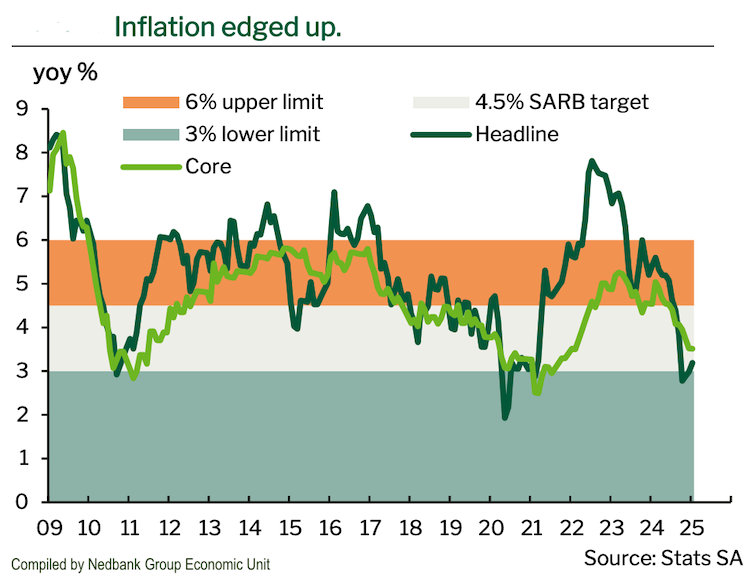
Wednesday’s “inflation numbers are relatively benign, while the rand has stabilised despite the uncertain global landscape”, the Nedbank economists said.
Yet while all the “fundamentals” support the case for a further 25bp reduction in interest rates in March, the SARB’s monetary policy committee will probably pause, Khosa and Weimar believe.
Instead, they said, the MPC will focus “on the upside risks to the inflation outlook emanating from the threat posed to the rand and imported inflation from a global trade war, sticky global inflation and the increasing likelihood of a prolonged pause in US interest rates”.
Sign up to Currency’s weekly newsletters to receive your own bulletin of weekday news and weekend treats. Register here.
